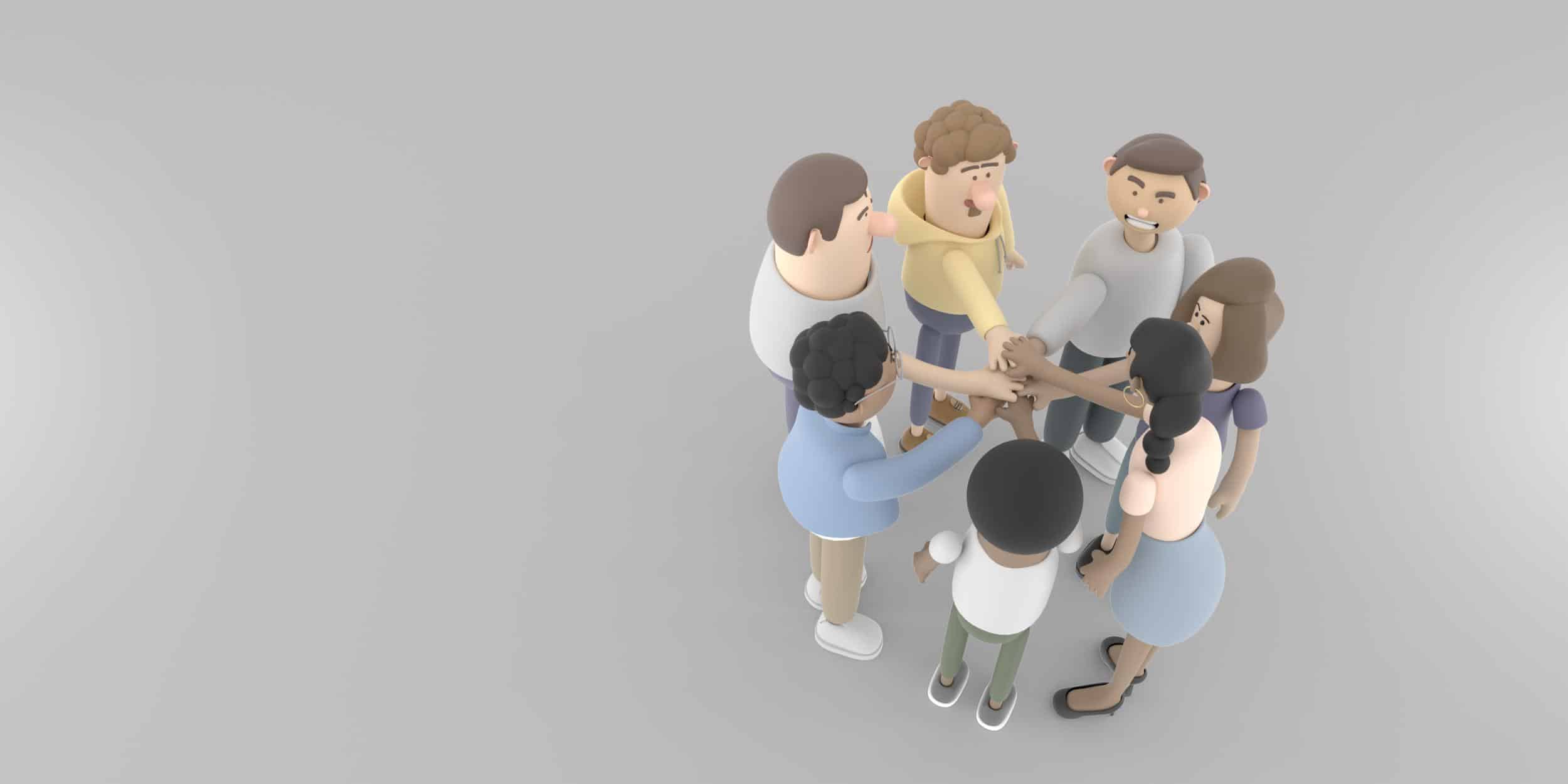
In the dynamic world of marketing, staying ahead of the curve is essential. The advent of 3D printing technology has revolutionized the way businesses engage with their audience. With the ability to create lifelike 3D people, marketers now have a powerful tool at their disposal, enabling them to captivate consumers, enhance brand experiences, and create lasting impressions.
Traditional marketing approaches often rely on static advertisements and promotional materials, but the inclusion of 3D people introduces a new dimension of engagement. Brands can leverage this technology to create interactive experiences that leave a lasting impact on consumers. With the ability to 3D print lifelike human figures, marketers can showcase their products or services in realistic scenarios, allowing potential customers to envision themselves using or interacting with them.
Imagine a car company using 3D-printed figurines to demonstrate the comfort and spaciousness of their vehicles. Potential buyers can visualize themselves sitting in the car, exploring its features, and experiencing its luxurious interiors. This immersive approach generates a deeper connection between the brand and the consumer, ultimately leading to increased sales and brand loyalty.
Visual merchandising plays a vital role in retail marketing. The strategic arrangement and presentation of products can significantly influence consumer behavior. By incorporating 3D people into visual merchandising displays, brands can create eye-catching and compelling scenes that capture shoppers’ attention.
Consider a clothing store using 3D-printed mannequins that accurately represent diverse body types and demographics. This approach celebrates inclusivity and empowers customers to visualize themselves in the showcased outfits. By reflecting the diversity of their target audience, brands can foster a sense of belonging and make customers feel seen and valued.
In today’s hyperconnected world, consumers crave personalized experiences. 3D printing allows marketers to take personalization to a whole new level. By utilizing 3D scanning technology, brands can create custom 3D-printed figurines that resemble their customers.
Imagine a cosmetics brand offering personalized figurines that match customers’ appearances. This unique approach not only reinforces the brand’s commitment to individuality but also creates a powerful emotional connection with customers. These 3D people can serve as promotional items, gifts, or even brand ambassadors, generating organic word-of-mouth marketing and social media buzz.
Events are key opportunities for brands to engage with their target audience. By integrating 3D people into event marketing strategies, companies can make a lasting impression on attendees. From trade shows to product launches, 3D-printed figurines can serve as interactive elements, enticing visitors to interact with the brand.
An electronics company, for instance, could use custom 3D-printed figures to demonstrate the features of their latest gadgets. Visitors can physically manipulate the figurines, pressing buttons or adjusting sliders to explore the product’s functionalities. This hands-on experience not only drives excitement but also creates memorable moments that attendees are likely to share, amplifying the brand’s reach beyond the event itself.
3D printing technology has opened up a world of possibilities for the marketing industry. By incorporating 3D people into their strategies, brands can elevate their marketing efforts, creating engaging experiences, enhancing visual merchandising, fostering personalized connections, and expanding the impact of their event marketing. Embracing this technology allows businesses to stand out in a crowded market, capturing the attention and loyalty of consumers.
Main photo: Jcomp/freepik.com
Sponsored text